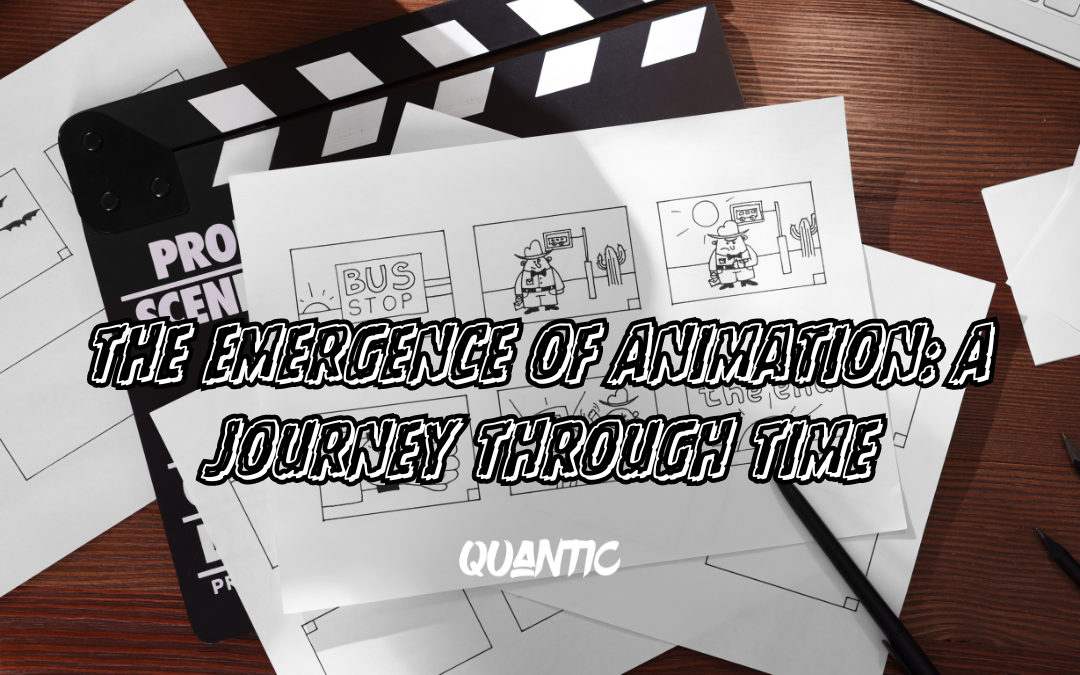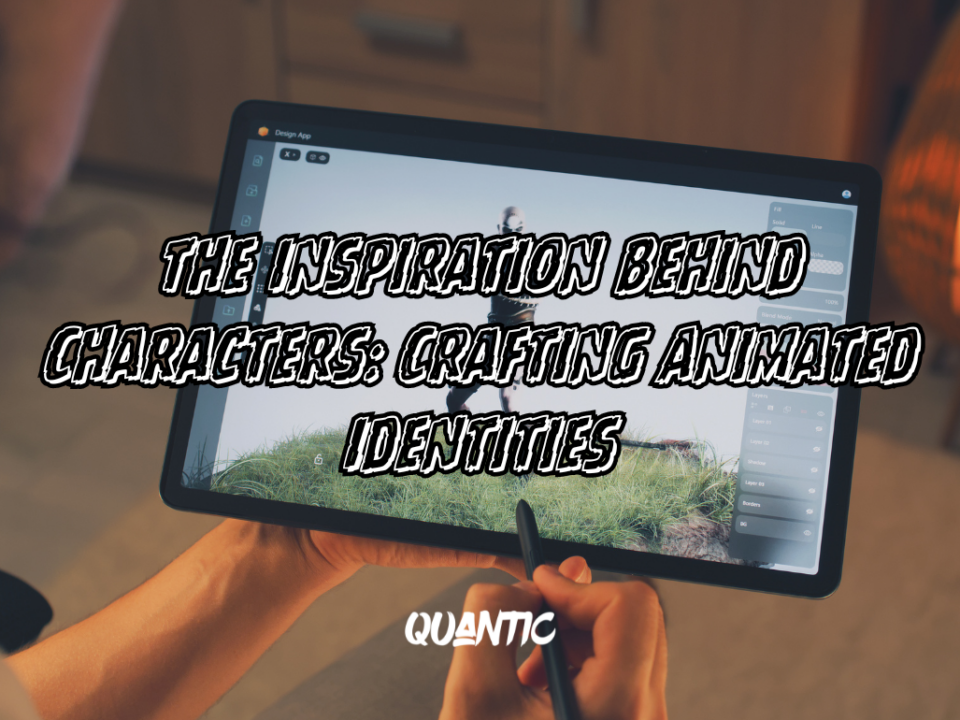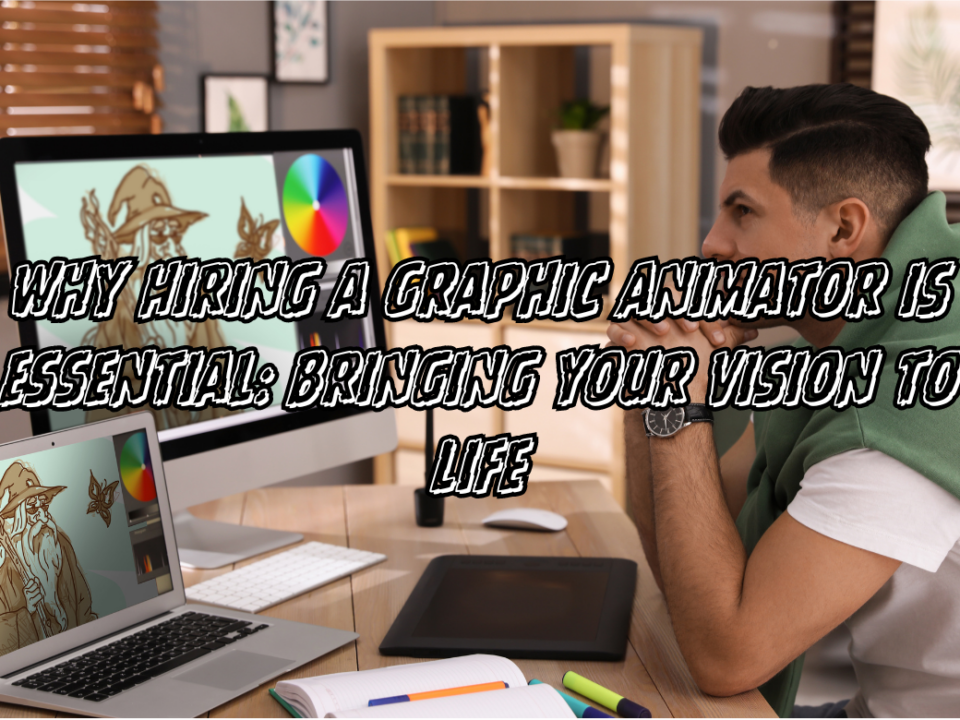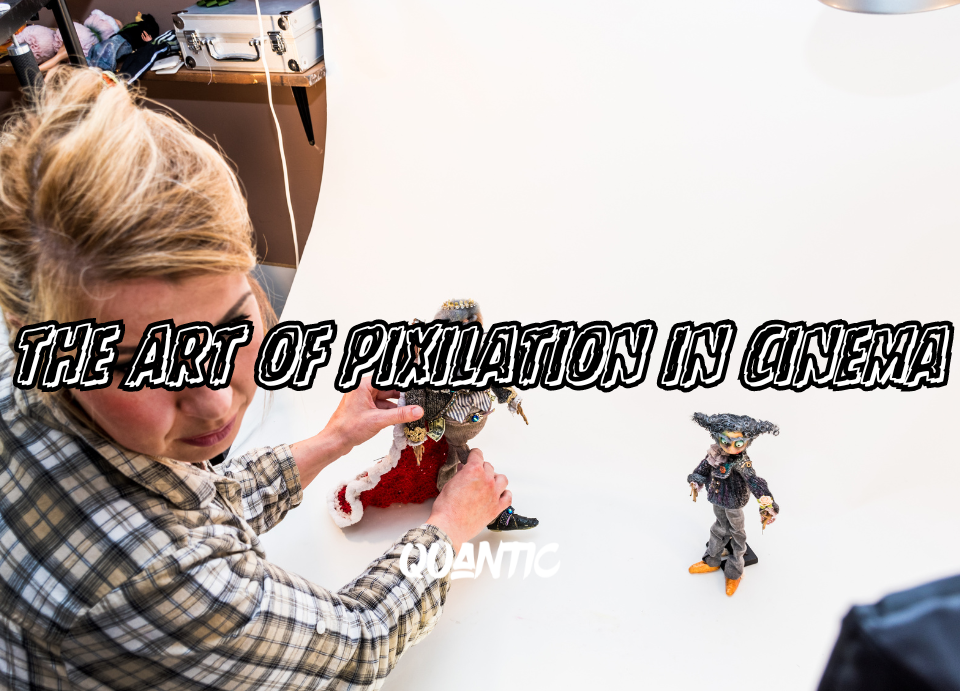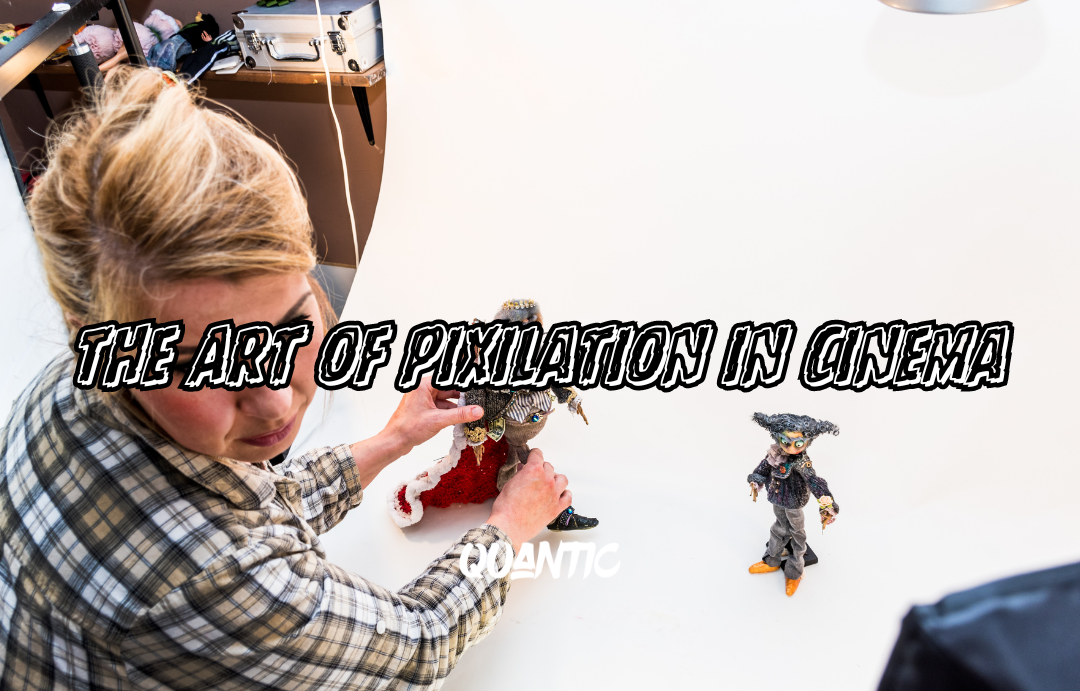
The Art of Pixilation in Cinema: Unveiling the Charm of Stop-Motion Animation
February 15, 2024
Why Hiring a Graphic Animator is Essential: Bringing Your Vision to Life
April 17, 2024Animation, with its ability to bring drawings, characters, and stories to life through movement, has captivated audiences for over a century. But how did this fascinating art form come to be?
To understand the emergence of animation, we must embark on a journey through time, exploring key milestones and innovations that shaped its evolution into the beloved medium we know today.
Early Experiments and Pioneers
The roots of animation can be traced back to ancient civilizations, where people created simple forms of animation through techniques like flipbooks and zoetropes. However, it wasn’t until the late 19th and early 20th centuries that animation began to take shape as a distinct art form.
One of the earliest pioneers of animation was French artist Émile Cohl, who created the first animated film, “Fantasmagorie,” in 1908. Using a technique known as stop-motion animation, Cohl brought his hand-drawn characters to life on film, laying the groundwork for future animators to follow.

The Golden Age of Animation
The 1920s and 1930s marked the beginning of the “Golden Age” of animation, characterized by the rise of animation studios and the creation of iconic characters like Mickey Mouse, Betty Boop, and Popeye.
During this time, pioneering animators like Walt Disney, Max Fleischer, and Ub Iwerks revolutionized the art form, introducing new techniques such as synchronized sound, color, and multiplane cameras.
Disney’s “Steamboat Willie,” released in 1928, is often credited as the first animated film with synchronized sound, featuring the debut of Mickey Mouse and paving the way for the future of animation.
The Rise of Technological Advancements
Throughout the 20th century, advancements in technology continued to push the boundaries of animation, allowing animators to create more complex and realistic imagery.
The introduction of cel animation, which involved drawing characters and backgrounds on transparent sheets (cels) layered over each other, revolutionized the animation process and became the industry standard for decades.
In the 1990s, the advent of computer-generated imagery (CGI) transformed the animation landscape once again, enabling filmmakers to create fully digital worlds and characters with unprecedented realism.
Pixar’s “Toy Story,” released in 1995, marked the first feature-length film entirely created using CGI, cementing its place as a game-changer in the animation industry.
Animation Today and Beyond
Today, animation has become a ubiquitous and versatile medium, with applications ranging from film and television to video games, advertising, and beyond.
The rise of streaming platforms like Netflix and Disney+ has led to a renaissance in animation, with a diverse array of styles and genres catering to audiences of all ages.
Looking ahead, the future of animation appears brighter than ever, with advancements in technology opening up new possibilities for storytelling and creativity. From virtual reality (VR) experiences to interactive storytelling, the boundaries of animation continue to expand, promising exciting adventures for audiences around the world.
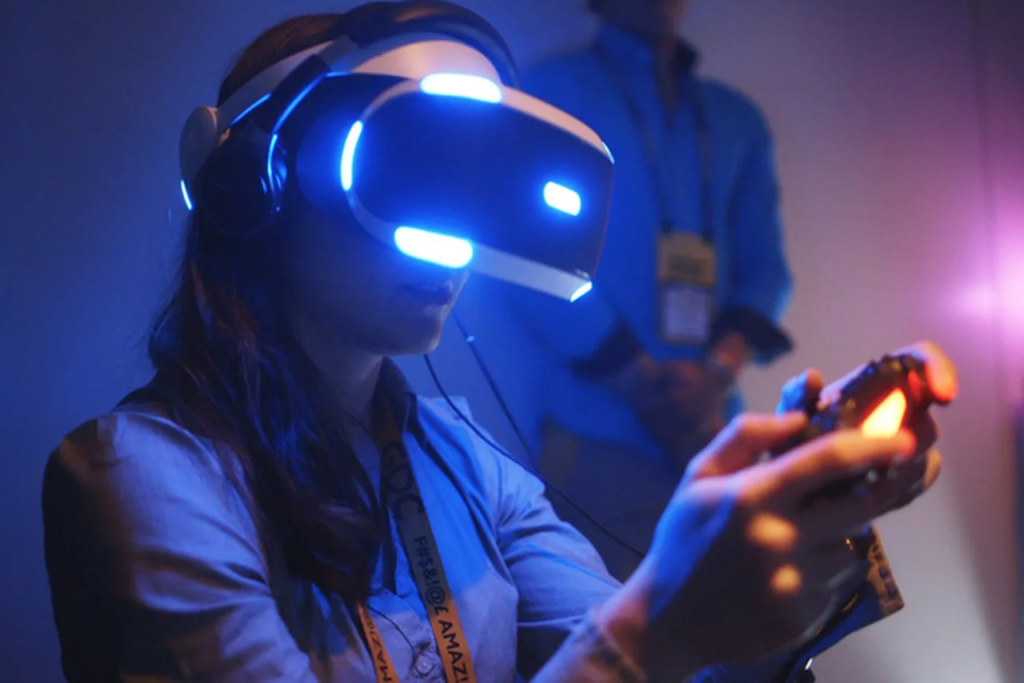
Conclusion
The emergence of animation is a testament to the power of human creativity and innovation. From humble beginnings as simple drawings on paper to the dazzling digital spectacles of today, animation has evolved into a dynamic and influential art form that continues to inspire and entertain audiences of all ages.
As we look back on the journey of animation, we are reminded of its enduring legacy and its potential to captivate and enchant us for generations to come.

